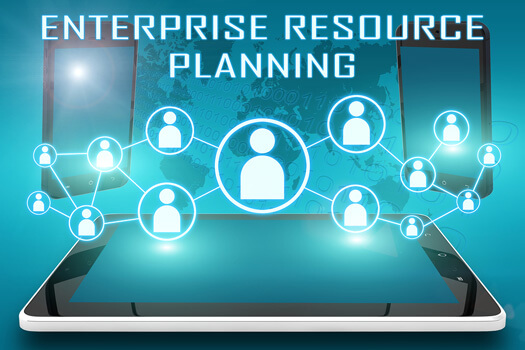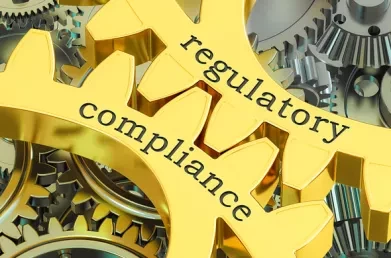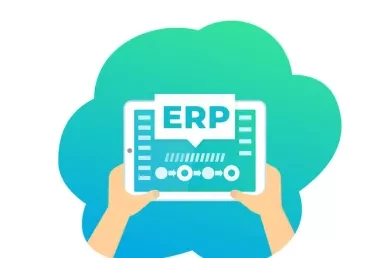Five Key Requirements for ERP in Food & Beverage
Everyone has heard at least one horror ERP story (you never really hear the good ones). “Such an implementation was a failure”. There are many possible explanations but one of the classic reasons is that the system chosen was not a close enough fit to functional requirements. This is especially relevant in relation to the Food and Beverage sector.
The majority of ERP system offerings for the food and beverage sector provide functionality that is (correctly) suited to the process manufacturing environment and also recognise the fact that the food and beverage industry lies within the Fast Moving Consumer Goods (FMCG) domain. Potential buyers must be cognisant of these two considerations but must also pay due attention to requirements which may be specific to a particular sector within the food and beverage industry.
Some of the key ERP requirements for the food and beverage sector are:
1. Process Manufacturing Functionality
Due to the inherent variation in ingredients (such as flour, tomatoes, sugar and so on) and the inability to accurately predict yields on a production line, food and beverage manufacturing is not an exact science. This is a significant difference from the discrete manufacturing environment where the exact quantity of finished products can be estimated to a far higher level of accuracy. For example, by-products and co-products are a feature in food and beverage production, and the use of re-work as an ingredient is also common practice. Unfortunately, some “process manufacturing” organisations have inadvertently purchased a discrete manufacturing system which cannot cater for these requirements without significant and undesirable customisation. That might be appropriate for simple process manufacturing scenarios, but businesses at the complex end of the spectrum will need a system that supports their unique requirements.
2. Promotions
This is a key characteristic of the FMCG sector. Every retailer has different buy-in and sell-out cycles and the promotion approval cycle by each retailer varies. Different sales channels tend to favour different types of promotions and there are a myriad of promotion mechanisms within each channel such as buy one get one free; extra fills at same price; price flashes; reduced price at till; free cases and so on. The ERP system must have functionality to cater for these requirements, such as:
- Forecasting and Demand Planning: Many ERP systems are weak in this area. They are not really adept at the ‘spiky’ nature of forecasted volumes or flexible enough to handle the multiple revisions of proposed promotions. So, it’s possible that a ‘best of breed’ solution may be more suitable.
- Orders to Despatch Process: Obviously the ERP system must be able to apply the correct pricing to the various promotion mechanics. But, in an ideal world, telesales operators need reminders in promoting the temporary SKUs; sales personnel need to liaise with customers to order promoted stock; and the despatch department may need to clear standard stock prior to release of “promotional” stock (to avoid short-dated stock issues).
- Financial and Sales Analysis: The sales and marketing division need to analyse the uplift in sales and the financial department need to calculate the effect on brand contribution of selling a more costly finished good.
3. Van Sales
Another characteristic of the FMCG sector, this is especially useful to producers who depend on independent retailers for a significant amount of revenue. The most fundamental requirement for van sales is the daily reconciliation with the head office from a debtor, stock, credit and cash management perspective and the potential solution is very dependent on whether there is off-line synchronisation or real-time updates or a mixture of both.
4. Regulatory Control
Regulatory control is a very serious issue for a food and beverage producer. Lot traceability, for example, has to be of the highest standard: it must be thorough, agile and quick in the event of a product recall. Regulatory environmental guidelines are also constantly changing (and becoming more exact), particularly in relation to packaging. Systems must also be capable of minimising the possibility of cross contamination of allergic ingredients
5. Food and Beverage Specific Requirements
The fact that some finished goods (some cheeses for example) need time after production before being available for sale has implications for inventory control, capacity planning and other ERP modules. At the other end of the food spectrum, bread producers only have a few days to sell their produce and therefore need very specific order processing modules. There are other idiosyncrasies such as catch-weights (which allow the user to set upper and lower boundaries for weight of an ingredient) and so on.
To summarise, finding a system that is right for a food and beverage organisation can be a challenge. The potential solution can be provided by a food-oriented ERP system or it could be provided by a mixture of ERP and best-of-breed solutions. A good requirements elicitation process which considers current and future requirements, including some of the above requirements, will be time consuming but will provide a long term benefit for the organisation. Let’s face it - it would be nice to be part of a good news story: even if nobody gets to hear about it.
This blog was written by Martin Commins, Principal Consultant at Lumenia. If you would like further information on Lumenia's ERP Selection Process or on any other aspect of ERP please send an e-mail to Martin Commins.



